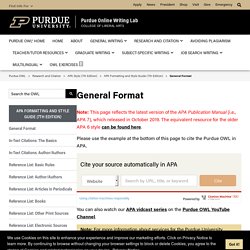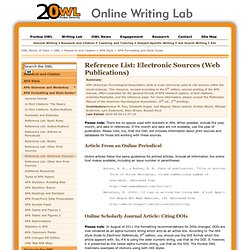

Introduction to the Case-Study Method. (Adapted from: Seperich, G.J, M.J.

Woolverton, J. G. Beierlein and D. E. Hahn, eds., Cases in Agribusiness Management, Gorsuch Scarisbrick, Publishers, Scottsdale, AZ 1996) The case-study method may be new to you. As you discuss cases with your fellow students, you will learn that decision making is often a confrontational activity involving people with different points of view. Decision making is what managers do. After completing a few case studies, you should find them an interesting and rewarding way to learn. Your first reaction upon reading a case will probably be to feel over whelmed by all the information. When assigned a case that does not contain all the information you need, you can do two things: First, seek additional information. In some cases, the case writer(s) have provided questions to guide your analysis; in other cases it is up to you, the case analyst, to decide which questions are relevant in defining the problem. The Seven Steps of Problem Analysis.
APA Formatting and Style Guide. Note: This page reflects the latest version of the APA Publication Manual (i.e., APA 7), which released in October 2019.

The equivalent resource for the older APA 6 style can be found here. Please use the example at the bottom of this page to cite the Purdue OWL in APA. You can also watch our APA vidcast series on the Purdue OWL YouTube Channel. General APA Guidelines Your essay should be typed and double-spaced on standard-sized paper (8.5" x 11"), with 1" margins on all sides.
Font The 7th edition of the APA Publication Manual requires that the chosen font be accessible (i.e., legible) to all readers and that it be used consistently throughout the paper. While the APA Manual does not specify a single font or set of fonts for professional writing, it does recommend a few fonts that are widely available. Major Paper Sections Your essay should include four major sections: the Title Page, Abstract, Main Body, and References. Title Page A student paper should not include an author note. Abstract. APA Formatting and Style Guide. Summary: APA (American Psychological Association) style is most commonly used to cite sources within the social sciences.

This resource, revised according to the 6th edition, second printing of the APA manual, offers examples for the general format of APA research papers, in-text citations, endnotes/footnotes, and the reference page. For more information, please consult the Publication Manual of the American Psychological Association, (6th ed., 2nd printing).
Contributors:Joshua M. Paiz, Elizabeth Angeli, Jodi Wagner, Elena Lawrick, Kristen Moore, Michael Anderson, Lars Soderlund, Allen Brizee, Russell KeckLast Edited: 2013-11-23 08:32:11 Reference citations in text are covered on pages 169-179 of the Publication Manual. Note: APA style requires authors to use the past tense or present perfect tense when using signal phrases to describe earlier research, for example, Jones (1998) found or Jones (1998) has found... APA citation basics Short quotations Long quotations Summary or paraphrase. APA Formatting and Style Guide. Summary: APA (American Psychological Association) style is most commonly used to cite sources within the social sciences.

This resource, revised according to the 6th edition, second printing of the APA manual, offers examples for the general format of APA research papers, in-text citations, endnotes/footnotes, and the reference page. For more information, please consult the Publication Manual of the American Psychological Association, (6th ed., 2nd printing). Contributors:Joshua M. Paiz, Elizabeth Angeli, Jodi Wagner, Elena Lawrick, Kristen Moore, Michael Anderson, Lars Soderlund, Allen Brizee, Russell KeckLast Edited: 2014-04-04 11:57:14 Please note: There are no spaces used with brackets in APA.
Article From an Online Periodical Online articles follow the same guidelines for printed articles. Author, A. Bernstein, M. (2002). 10 tips on writing the living Web. Online Scholarly Journal Article: Citing DOIs Please note: In August of 2011 the formatting recommendations for DOIs changed. Wikis.